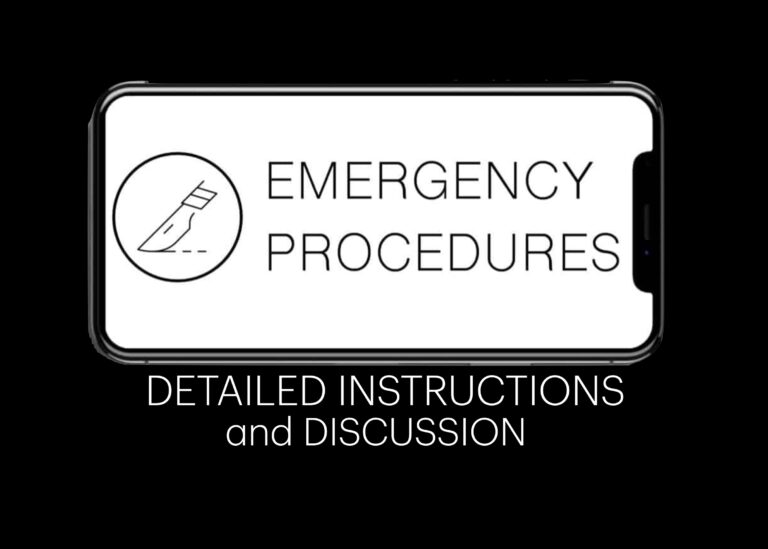
Procedure: Serratus Anterior Block
Emergency Procedure, instruction and discussion: Serratus Anterior Plane (SAP) Block; a technique most often used for rib fracture pain

Emergency Procedure, instruction and discussion: Serratus Anterior Plane (SAP) Block; a technique most often used for rib fracture pain

Emergency Procedure: Serratus Anterior Plane (SAP) Block; a technique most often used for rib fracture pain

Neurocysticercosis. Third edition in our Neuroimaging case study series with guest editors Drs. Michael Leonard and David Weinrib

Edmund Landolt (1846–1926): Swiss-French ophthalmologist who created the Landolt C optotype, advanced strabismus surgery, and retinal anatomy studies
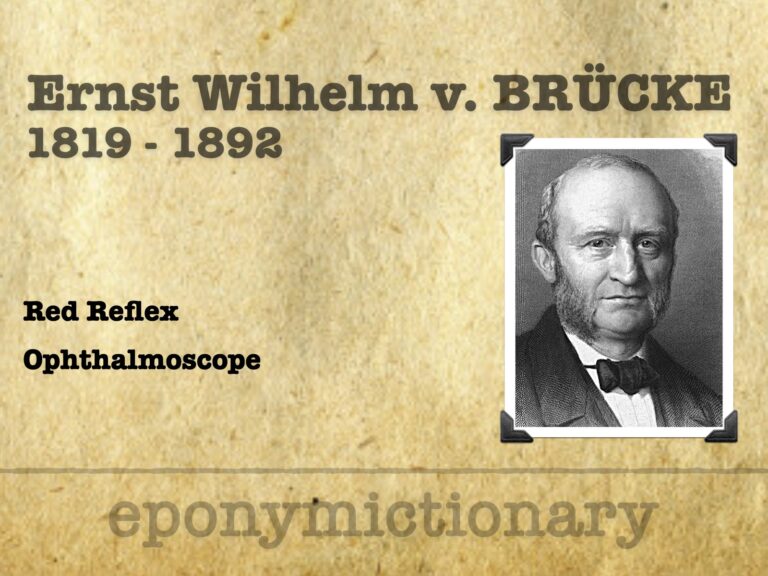
Ernst von Brücke (1819–1892) described the eye’s red reflex, paving the way for Helmholtz’s ophthalmoscope and modern retinal examination
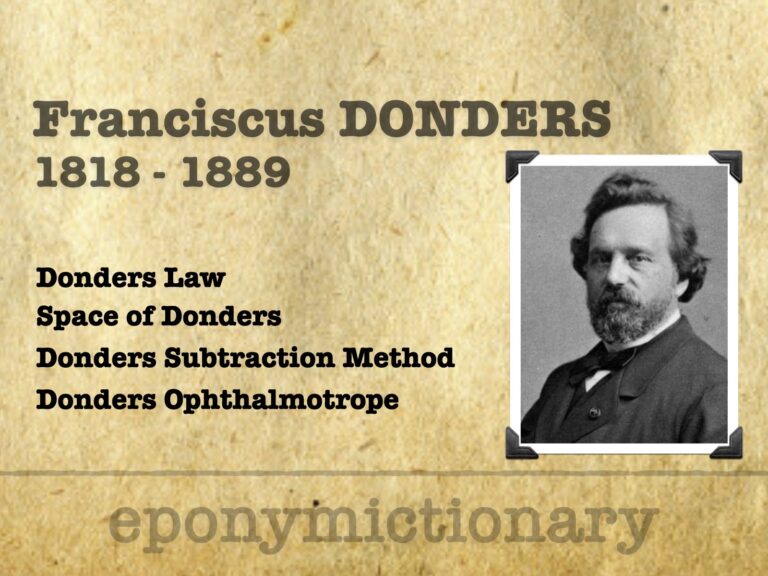
Franciscus Donders (1818–1889), Dutch ophthalmologist and physiologist, pioneered refraction studies, eye movement laws, and mental chronometry
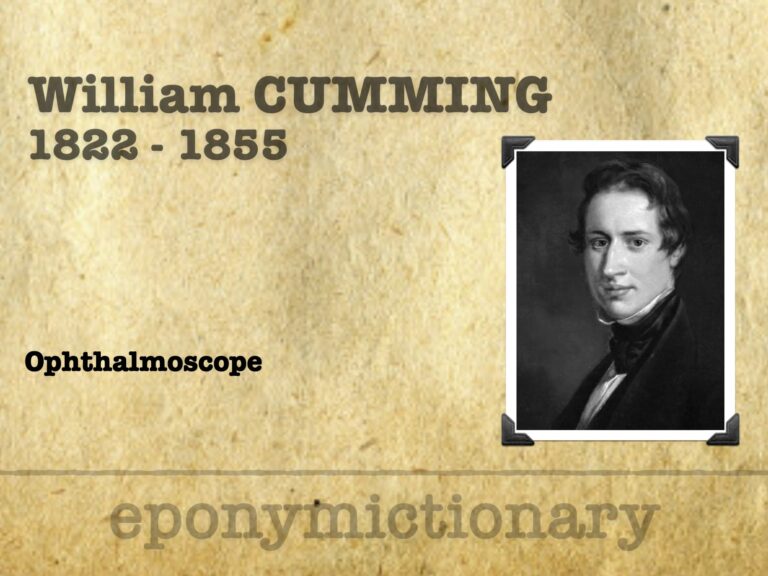
William Cumming (1822–1855), Moorfields surgeon who first observed the living eye’s luminous reflex, paving the way for Helmholtz’s ophthalmoscope.

Heinrich Küchler (1811–1873): German ophthalmologist who pioneered early eye charts, advanced corneal surgery, and reformed medical and military health services
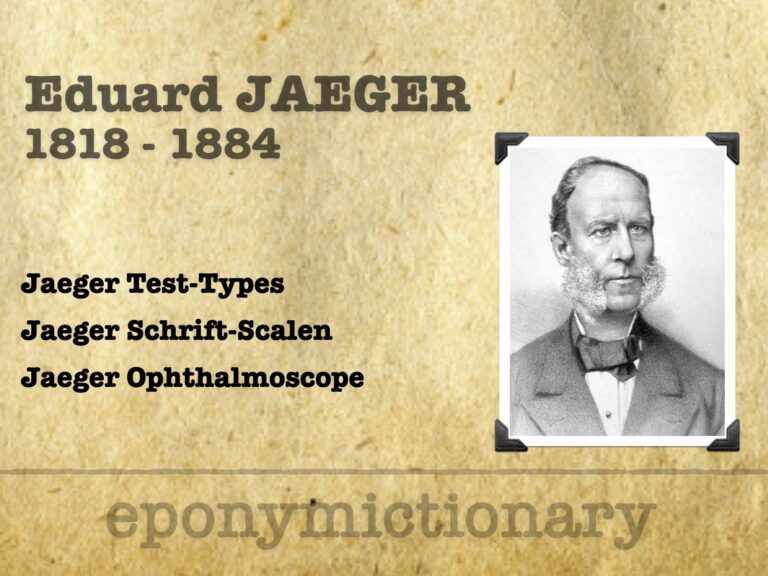
Eduard Jaeger (1818–1884), Austrian ophthalmologist; introduced Jaeger Test-Types, advanced ophthalmoscopy, and first described diabetic retinopathy
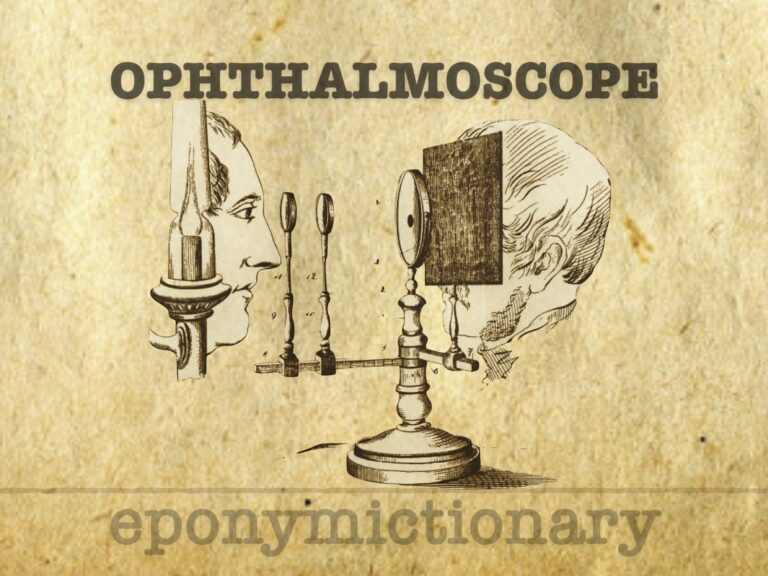
From ancient “cat’s‑eye” reflections to AI‑assisted retinal imaging: the story of the ophthalmoscope from Helmholtz’s 1851 Augenspiegel to digital, confocal and smartphone‑based system
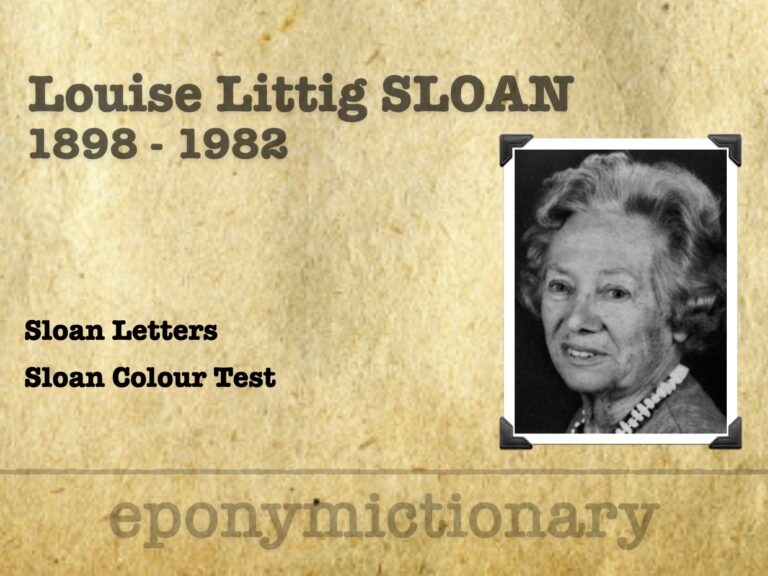
Louise L. Sloan (1898–1982) developed Sloan optotypes (LogMAR), pioneering colour vision screening, perimetry, and low-vision rehabilitation
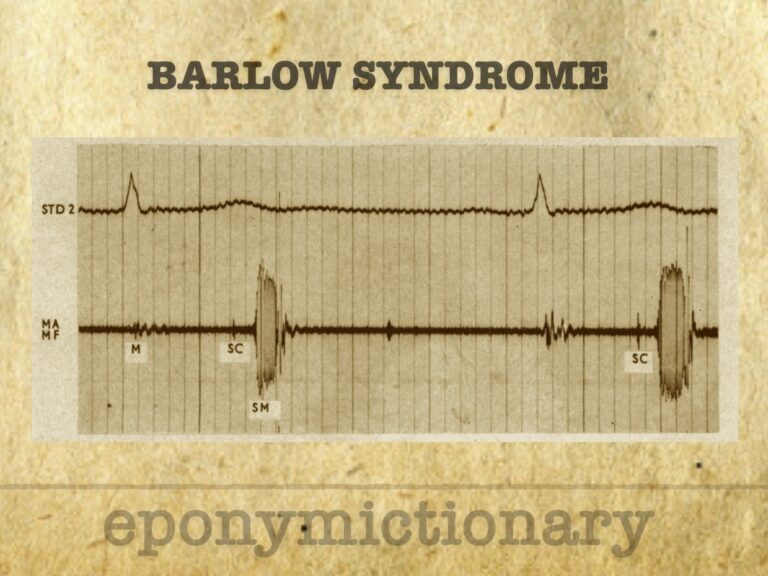
Barlow syndrome (primary billowing mitral leaflet syndrome (BMLS)). Auscultatory findings of late systolic murmur with non-ejection ('mid-late') systolic click